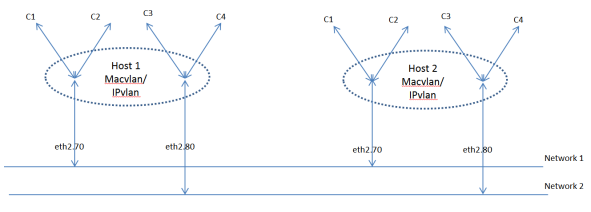Olexa Bilaniuk's IFT6266H16 Course Blog
In Python’s Numpy library lives an extremely general, but little-known and used, function called einsum() that performs summation according to Einstein’s summation convention. In this tutorial article, we demystify einsum().
The only thing that the reader should need is an understanding of multidimensional Linear Algebra and Python programming. The reader will be better-prepared if he has, in the past, implemented the classic matrix multiplication using three nested loops in the language of his choice.
Why you should learn about it
The Einstein summation convention is the ultimate generalization of products such as matrix multiplication to multiple dimensions. It offers a compact and elegant way of specifying almost any product of scalars/vectors/matrices/tensors. Despite its generality, it can reduce the number of errors made by computer scientists and reduce the time they spend reasoning about linear algebra. It does so by being simultaneously clearer, more explicit, more self-documenting
View original post 2,150 more words


 In the previous blog post, we learnt why we cannot use regular backpropagation to train a Recurrent Neural Network (RNN). We discussed how we can use backpropagation through time to train an RNN. The next step is to understand how exactly the RNN can be trained. Does the unrolling strategy work in practice? If we can just unroll an RNN and make it into a feedforward neural network, then what’s so special about the RNN in the first place? Let’s see how we tackle these issues.
In the previous blog post, we learnt why we cannot use regular backpropagation to train a Recurrent Neural Network (RNN). We discussed how we can use backpropagation through time to train an RNN. The next step is to understand how exactly the RNN can be trained. Does the unrolling strategy work in practice? If we can just unroll an RNN and make it into a feedforward neural network, then what’s so special about the RNN in the first place? Let’s see how we tackle these issues.  Time series data has memory. It remembers what happened in the past and avenge any wrongdoings! Can you believe it? Okay the avenging part may not be true, but it definitely remembers the past. The “memory” refers to how strongly the past can influence the future in a given time series variable. If it has a strong memory, then we know that analyzing the past would be really useful to us because it can tell us what’s going to happen in the future. If you need a quick refresher, you can check out
Time series data has memory. It remembers what happened in the past and avenge any wrongdoings! Can you believe it? Okay the avenging part may not be true, but it definitely remembers the past. The “memory” refers to how strongly the past can influence the future in a given time series variable. If it has a strong memory, then we know that analyzing the past would be really useful to us because it can tell us what’s going to happen in the future. If you need a quick refresher, you can check out 
